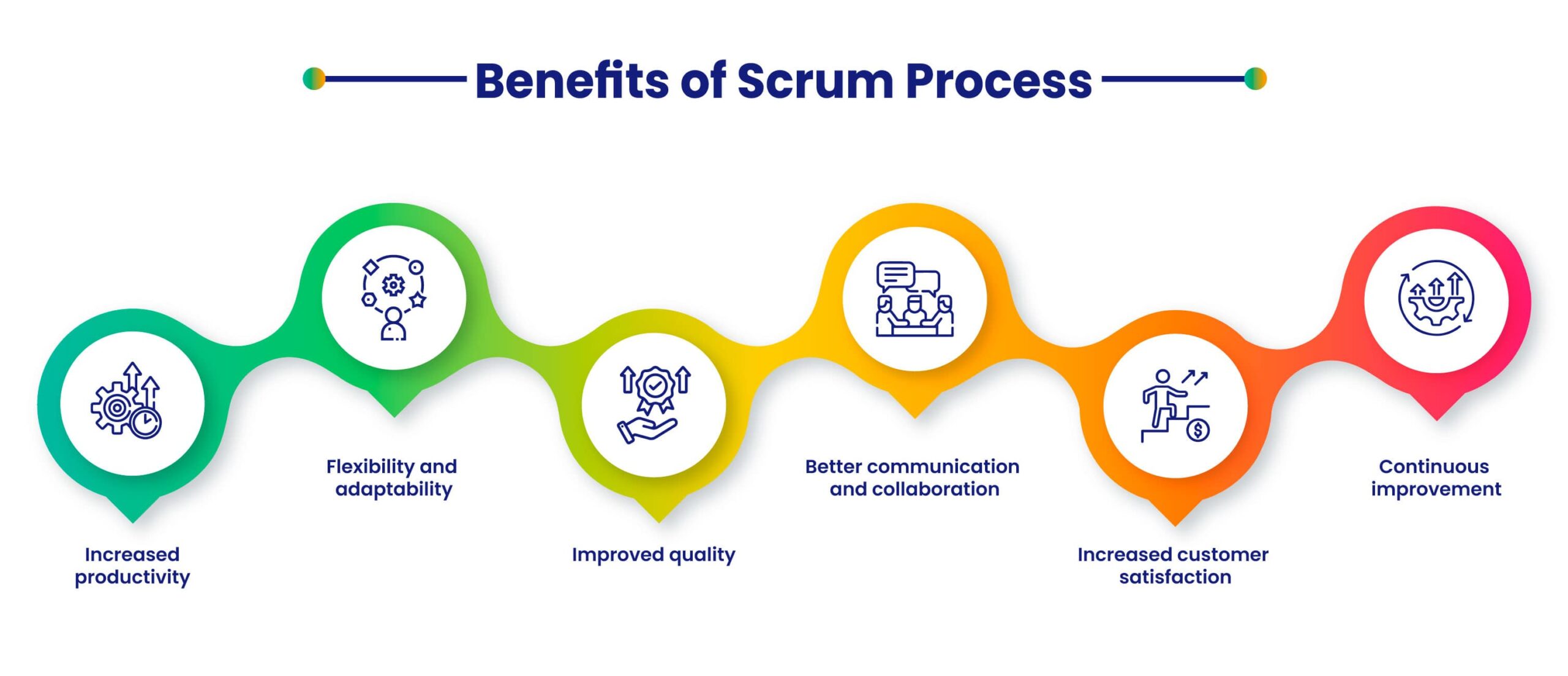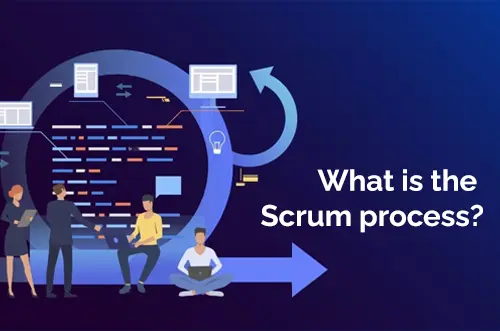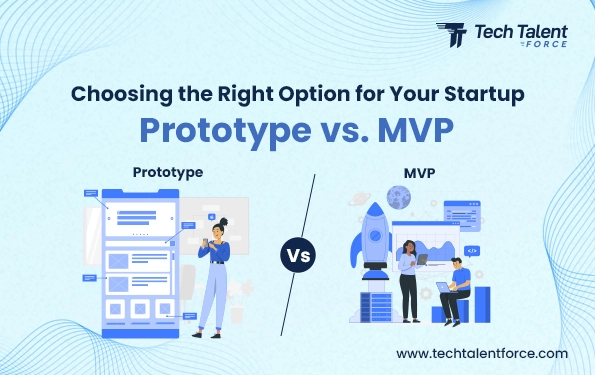In the world of software development, there are many methodologies that teams can use to manage their projects. One of the most popular methodologies is Scrum, an Agile framework that emphasizes collaboration, adaptability, and continuous improvement.
The scrum framework is used by over 58% of businesses employing agile approaches. According to the 11th annual State of AgileTM report, 98% of agile initiatives are successful. Thus, businesses are adapting scrum which is widely used in software development because it is designed to help teams deliver high-quality products faster and more efficiently.
What is the Scrum process?
The agile scrum process in software development focuses on incremental and iterative procedures. It is an agile framework that is rapid, adaptable, and designed to provide value to the client throughout the project.
Scrum’s central objective is to meet the customer’s satisfaction by fostering a culture of sincere communication, shared accountability, and constant improvement. It starts with a general comprehension of what needs to get built, and development can begin. Following this, the product owner creates a list of qualities (the product backlog) hoping to achieve.
The foundation of the scrum development process is a set of excessively detailed responsibilities and practises that must get followed throughout the software development process. It is a flexible technique that recognizes when the 12 agile principles have got applied in a situation. And in addition, Scrum also ensures that it has got approved by the entire product team.
While the 12 principles offer it benefits, the empirical process control is the only one of the 12 agile principles that provide a difference in the outcome.
What is Empirical process control in Scrum?
Empiricism is a Scrum development methodology where the team continuously learns from its failures and advances. Empiricism refers to basing choices and adjustments on what the customer is experiencing rather than what the developers had planned for them to encounter. Another feature of Scrum’s empiricism is the belief that customer feedback directly influences the team’s activity. Examining three pillars is crucial while discussing Scrum empiricism. Transparency, inspection, and adaptability are the three pillars that support the scrum methodology as a whole.

Benefits of Scrum
Increased productivity: Scrum emphasizes teamwork, communication, and collaboration, which can lead to increased productivity. By breaking down work into smaller, manageable chunks and working together to achieve goals, teams can accomplish more in less time.
Flexibility and adaptability: Scrum is designed to be flexible and adaptable to changes in customer needs, market conditions, or technological advancements. Teams can quickly adjust their plans and priorities based on changing requirements, ensuring that they are always delivering value to their customers.
Improved quality: Scrum places a strong emphasis on delivering working software frequently, which means that teams can catch and address issues early on. This can lead to higher-quality products that meet customer needs and expectations.
Better communication and collaboration: Scrum includes regular meetings and ceremonies that encourage communication and collaboration between team members. This can lead to better relationships and a stronger team dynamic, which can improve morale and productivity.
Increased customer satisfaction: By delivering working software frequently and incorporating feedback from customers, Scrum can help teams ensure that they are meeting customer needs and expectations. It also helps meet customer satisfaction and loyalty.
Continuous improvement: Scrum encourages teams to reflect on their processes and performance regularly, identifying areas for improvement and making changes as necessary. This focus on continuous improvement can help teams become more efficient, effective, and productive over time.
Overall, the Scrum process offers many benefits for software development teams However, implementing Scrum can be challenging, but our team of experienced tech professionals provide you with the best Scrum outcome. By implementing Scrum effectively, our experienced professionals deliver high-quality products faster and more efficiently, while also building strong relationships and improving morale.
Therefore, advanced technology and Scrum methodology can work together to help software development teams stay ahead of the curve. By embracing the latest technologies and implementing Agile methodologies like Scrum, teams can deliver innovative and high-quality products that meet the changing needs of customers. With its emphasis on collaboration, flexibility, and continuous improvement, Scrum is an ideal framework for teams working in an advanced technology environment.
Looking to start your scrum journey? Connect with Tech Talent Force now, and we ensure a steady and appropriate product development experience with our pool of experienced Scrum developers.





No Comments